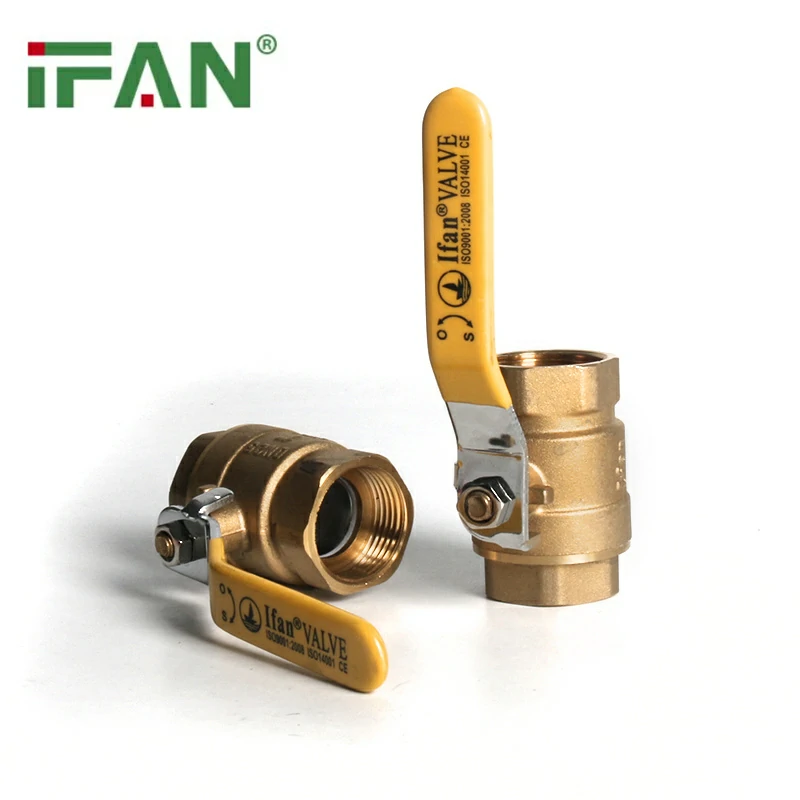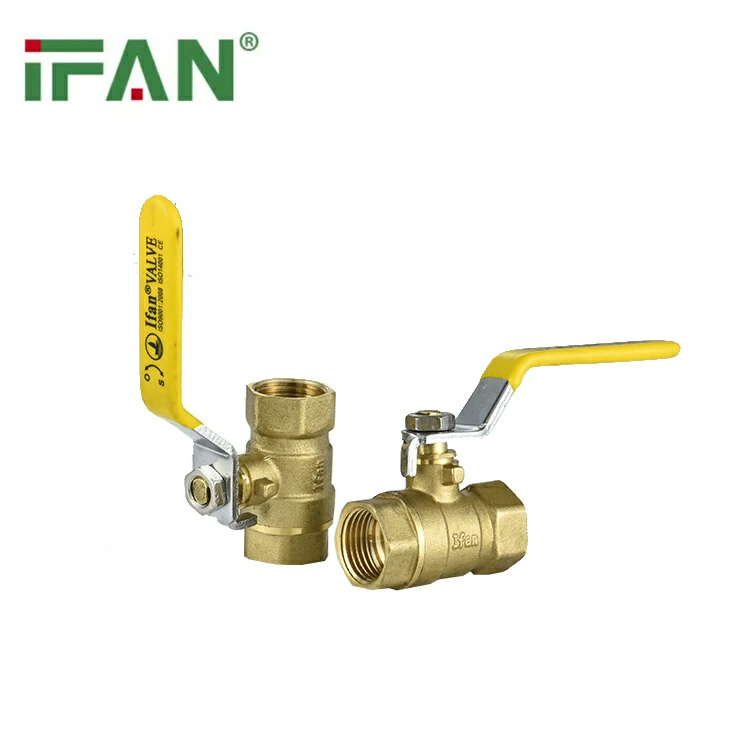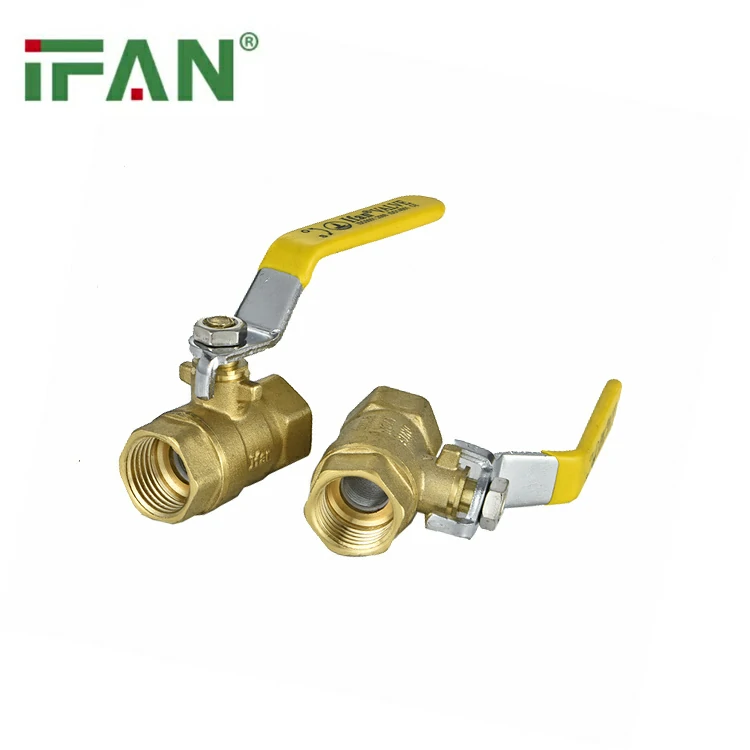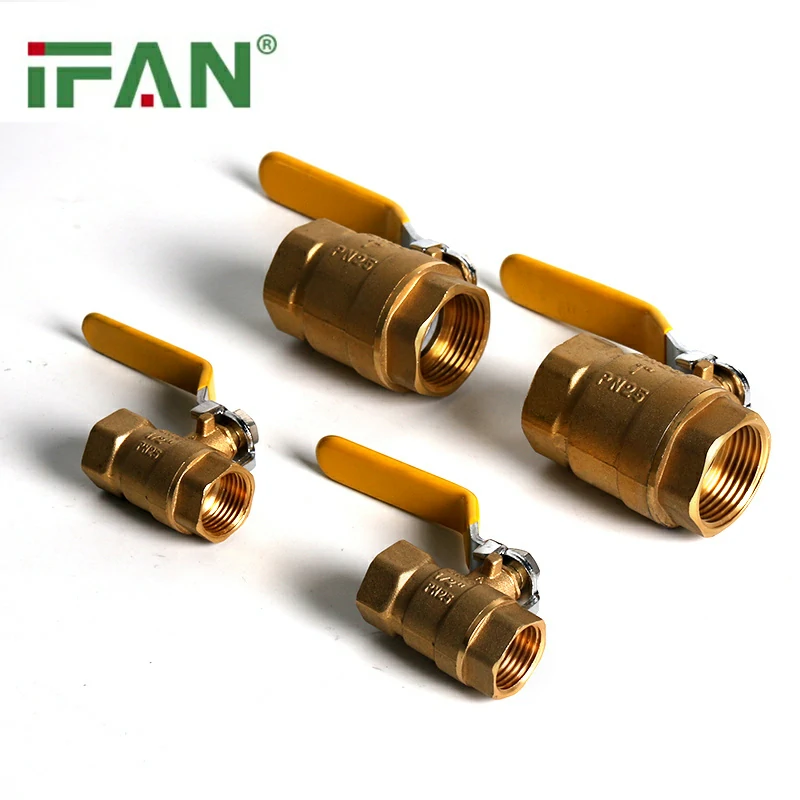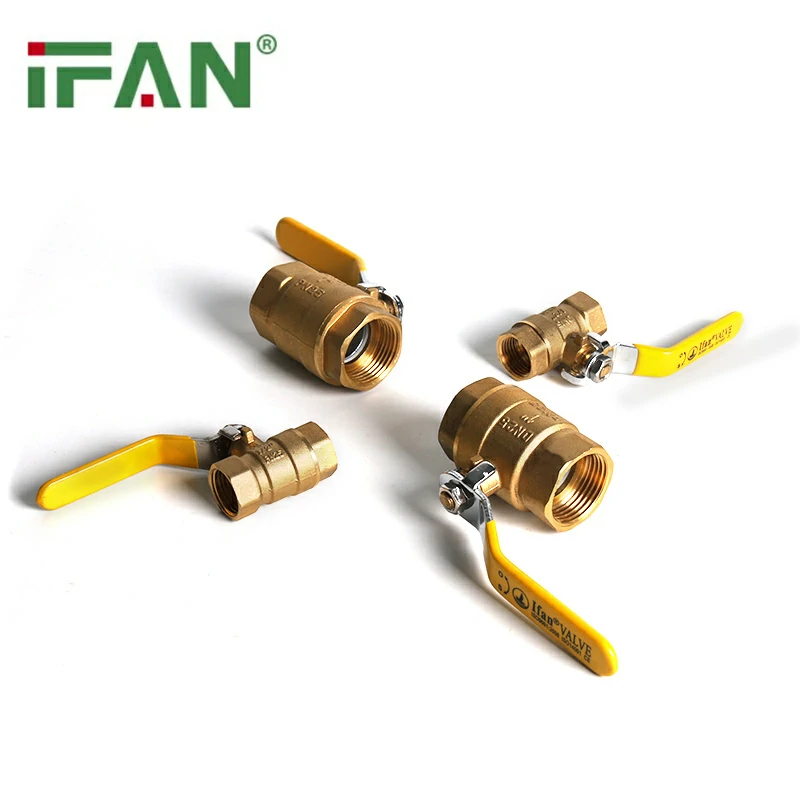IFAN Yellow Brass Gas Valves
Category : Click Download
Whatsapp : +86 19884503412
Wechat : 19884503412
Description
Importance of Cleaning Brass Gas Valves
Brass gas valves are essential for controlling gas flow in residential and commercial systems.
Over time, they can accumulate dirt, grease, and oxidation, affecting both appearance and function.
Routine cleaning extends the valve’s life and ensures safe operation.
Dirty valves may become difficult to turn or develop sealing issues.
Cleaning also allows for easier inspection and maintenance.
In industrial kitchens or outdoor settings, exposure to moisture and contaminants is common.
Regular cleaning helps prevent corrosion, reduces gas leaks, and maintains aesthetic quality.
However, improper cleaning methods can cause damage.
Knowing the right way to clean brass gas valves is vital for performance and safety.
Safety First: Turn Off the Gas Supply
Before cleaning brass gas valves, always shut off the gas supply completely.
Gas exposure during cleaning can be dangerous and lead to fire hazards.
Ensure the area is well-ventilated, especially indoors.
If the valve is part of a larger gas system, notify others.
Use protective gloves and eyewear when handling cleaning chemicals.
Wait a few minutes after shutting off gas to ensure the line is clear.
Check for leaks or odors before beginning any cleaning procedure.
Safety must come first when working with any gas-related component.
Don’t take shortcuts when dealing with brass gas valves and flammable systems.
Tools and Materials Needed
Use soft cloths, a non-abrasive sponge, warm water, and mild soap for routine cleaning.
For deeper oxidation, add vinegar or lemon juice to the solution.
A toothbrush can clean small grooves or joints effectively.
Do not use steel wool, as it scratches the brass surface.
Brass gas valves often have protective coatings—harsh chemicals can damage them.
For commercial settings, use brass-specific cleaners approved by valve manufacturers.
Have paper towels or rags ready to dry the valve after cleaning.
Also keep a flashlight nearby to check all surfaces.
Always choose materials that preserve both appearance and function.
Cleaning External Surfaces
Dip a cloth in soapy water and wring out excess moisture.
Gently wipe the surface of the brass gas valves to remove grime and residue.
For stubborn spots, apply a small amount of vinegar using a sponge.
Avoid letting liquid seep into the valve’s internal components.
Focus on external handles, threads, and body joints.
Rinse with a clean damp cloth to remove any soap or cleaner.
Dry thoroughly with a soft cloth to avoid water spots or corrosion.
Repeat monthly in high-use or dirty environments.
Well-maintained surfaces reflect cleanliness and professional system care.
Dealing with Oxidation and Tarnish
Brass gas valves may tarnish over time due to oxidation.
This appears as dullness or greenish patina on the surface.
To remove it, mix equal parts vinegar, salt, and flour into a paste.
Apply the paste and let it sit for 10–15 minutes.
Gently scrub with a toothbrush and wipe clean.
If discoloration remains, use a commercial brass polish sparingly.
Avoid polishing areas with functional labels or manufacturer stamps.
Only polish externally visible parts of brass gas valves.
Never apply chemical polish near the valve’s opening or gas entry points.
Internal Cleaning Considerations
Internal cleaning is rarely required unless a malfunction occurs.
Disassembling brass gas valves is not recommended for non-professionals.
Improper handling can damage seals or lead to leaks.
If internal issues are suspected, contact a licensed technician.
In some cases, compressed air can clear light dust or debris.
Ensure no moisture is introduced during this process.
For restaurant or industrial setups, schedule regular valve maintenance by a qualified service team.
Internal cleaning should always follow manufacturer guidelines.
Don’t compromise safety by attempting unapproved internal procedures.
Reassembling and Rechecking After Cleaning
Once cleaning is complete, inspect the valve thoroughly.
Check for loose parts, signs of wear, or gasket damage.
If disassembled, ensure each part is returned to its original position.
Tighten all connections without overtightening to prevent thread damage.
Reopen the gas supply gradually and listen for leaks.
Apply a soap-and-water solution to the joints—bubbles indicate leaks.
If leaks appear, shut off the gas and retighten or reseal.
Brass gas valves should always be leak-free before reuse.
Once confirmed, document the cleaning and inspection date for future reference.
Maintaining Long-Term Valve Condition
Routine cleaning is part of responsible brass gas valve maintenance.
Clean every 6 to 12 months depending on environment and use.
Outdoor valves may need more frequent attention due to dust and weather.
Use valve covers where possible to reduce exposure to contaminants.
Label cleaned valves with a service sticker showing the date.
Train maintenance staff on proper cleaning methods.
Brass gas valves, when cleaned and maintained correctly, last for decades.
Avoid aggressive cleaners and improper tools that shorten valve life.
Clean valves mean safer systems and fewer repair costs over time.
相关产品
- Brass Valve
IFAN ASTM D2513 Gas Valves
- Brass Valve
IFAN Brass Gas Ball Valve
- Brass Valve
Yellow Gas Ball Valve
- Brass Valve
Gas Ball Valve
HAVE ANY QUERIES? SEND TO CONTACTOANTSMACHINE.COM
ONTACT US

